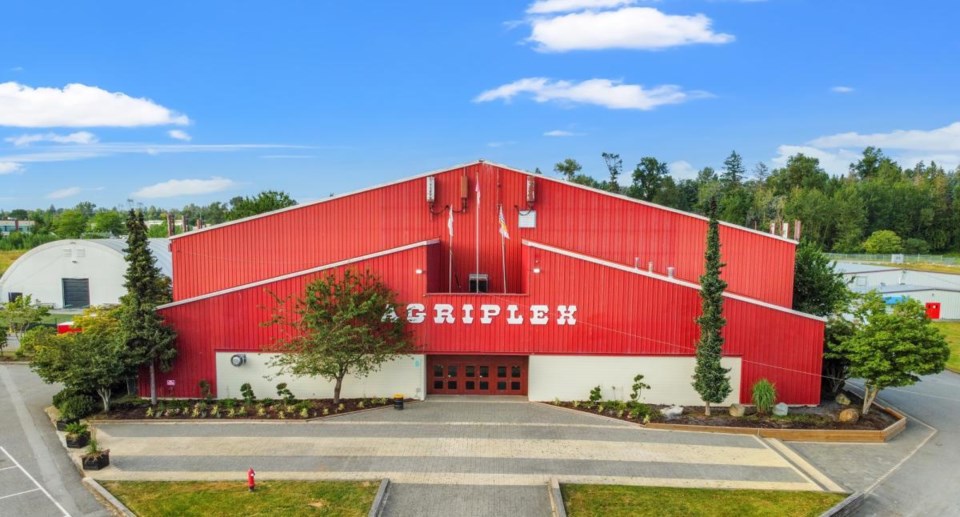Surrounded by farms, East Surrey—made up of Clayton, Cloverdale and Campbell Heights—is a unique community. It is separated from the rest of the city because of the provincial Agricultural Land Reserve, yet it is the setting for several major economic initiatives, from which businesses and residents are poised to benefit.
The area has the potential to be a regional economic engine and is the jewel of what will be B.C.’s biggest city before long.
The Surrey-Langley SkyTrain extension will offer residents quick and efficient travel into communities to the west. The Cloverdale Fairgrounds—home of the Cloverdale Rodeo and Country Fair—are being eyed by Surrey City Hall for redevelopment, which may include a new stadium, hotel and conference centre, and the potential addition of recreation facilities, parks and even Hollywood sets. The city sees the fairgrounds becoming an entertainment and lifestyle destination.
Downtown Cloverdale is already a popular location for film and TV work—home to Superman and Lois, Supernatural and Alaska Daily, just to name a few. It isn’t unusual to bump into a movie tourist roaming the streets looking for shot locations. The BC Vintage Truck Museum, Fraser Valley Heritage Rail and the Museum of Surrey also establish Cloverdale as Surrey’s heritage hub.
Meanwhile, the new Cloverdale Hospital will create an explosion of development. Vacant property directly across from Highway 10 will eventually serve as a home for retail, professional offices and much-needed housing.
All of this supports economic activity and tourism, with major events such as Rodeo and the Vaisakhi parade engaging sizable audiences in the city. But hotel rooms are already at a premium, and without more desperately needed hotel accommodation, our capacity to welcome visitors will remain limited. Surrey is set to become B.C.’s biggest city by population in the next several years yet has only 1,346 hotel rooms—just 10 per cent of the total number of rooms in Vancouver.
Infrastructure challenges could also constrain other economic opportunities.
Campbell Heights and South Campbell Heights offer Greater Vancouver’s largest industrial area. Surrey is slated to open up an additional 340 acres of new employment lands in the latter, which translates to about 8.5 million square feet of floor area. Proximity to the border, to rail and to Delta Port gives this area the potential to be an economic engine for the region.
But the challenges are considerable. Property taxes, a lack of transit, difficulties in providing power and the high cost of industrial land make doing business difficult. Currently, one manufacturing company is only receiving 25 per cent of the power they need to run their operation at peak productivity.
The City of Surrey is aware of these issues and is in some cases working on them. Widening work is underway on 32nd Avenue—a major truck route—between Campbell Heights and the Langley border. One key priority for the city is exploring a new partnership framework with utility providers to enhance site readiness in Campbell Heights.
Transit within the area remains a serious problem. Bus service to Cloverdale is limited and getting workers to current and future jobs in Campbell Heights is challenging. Highway 15 and Highway 10 were omitted from Translink’s 2050 plans, and currently, there are no direct bus routes from North Surrey to Campbell Heights. In fact, workers must travel to bus exchanges in White Rock or Langley to get to their job in the area. Bus schedules are limited as well. This threatens businesses’ productivity and forces workers into cars.
The cost of accommodation is also an impediment to living within a reasonable commute to jobs. Businesses have expressed an interest in temporary worker housing as a potential solution to this challenge.
Despite serious infrastructure issues and impediments to business success, East Surrey is the best part of the best city in B.C. To reach its potential, Metro Â鶹´«Ã½Ó³»needs to partner with all three levels of government to invest in the area. East Surrey needs better transit and more financial investment in infrastructure. Without that, it will be difficult to attract businesses and provide opportunities to a talented workforce.•
Scott Wheatley is the executive director of the Cloverdale District Chamber of Commerce, which represents Clayton, Cloverdale and Campbell Heights.



